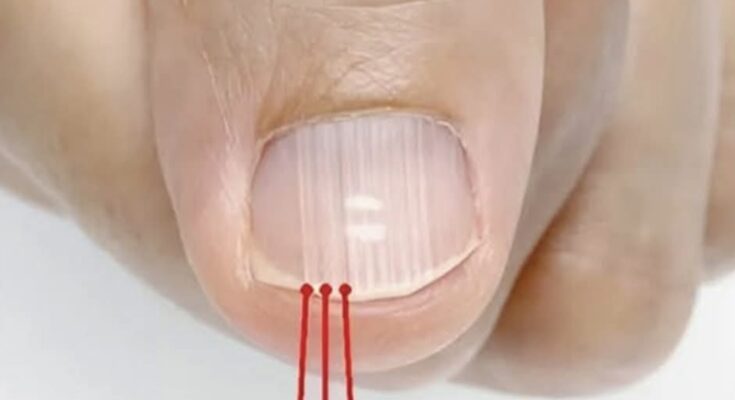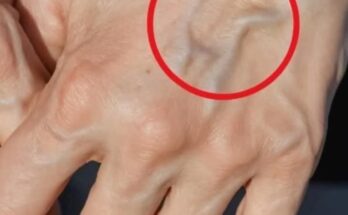 The Natural Aging Process
The Natural Aging Process
As you age, cell turnover slows down, including in the nail matrix—the part responsible for nail growth. This can cause keratin (the protein that forms your nails) to be produced unevenly, leading to ridges.
 Dehydration
Dehydration
Aging skin tends to get drier, and your nails are no exception. Lack of moisture makes the nail plate brittle and exaggerates existing lines. Daily exposure to soaps, detergents, and cleaning products only makes things worse.
 Nutrient Deficiencies
Nutrient Deficiencies
Your body’s ability to absorb nutrients weakens with age. Deficiencies in biotin, iron, zinc, or magnesium can make nails weaker and more ridged.
 Possible Health Issues
Possible Health Issues
In rarer cases, these lines may be a symptom of something deeper—like thyroid imbalances, poor circulation, or even rheumatoid arthritis. If you also experience symptoms like fatigue, hair thinning, or dry skin, talk to your doctor.
When Should You Be Concerned?
While vertical ridges are usually harmless, see a professional if you notice:
-
Dark lines or streaks under the nail
-
Pain, swelling, or inflammation
-
Nail splitting, thickening, or peeling
-
Rapid changes in nail shape or color
These could signal trauma, fungal infection, or in rare cases, subungual melanoma—a type of skin cancer that can appear under the nails.
How to Keep Aging Nails Healthy
Here are a few easy tips to care for your nails as you age:





Your nails can be tiny windows into your health—don’t ignore what they’re trying to tell you.
Want more wellness tips like this? Check the first comment



